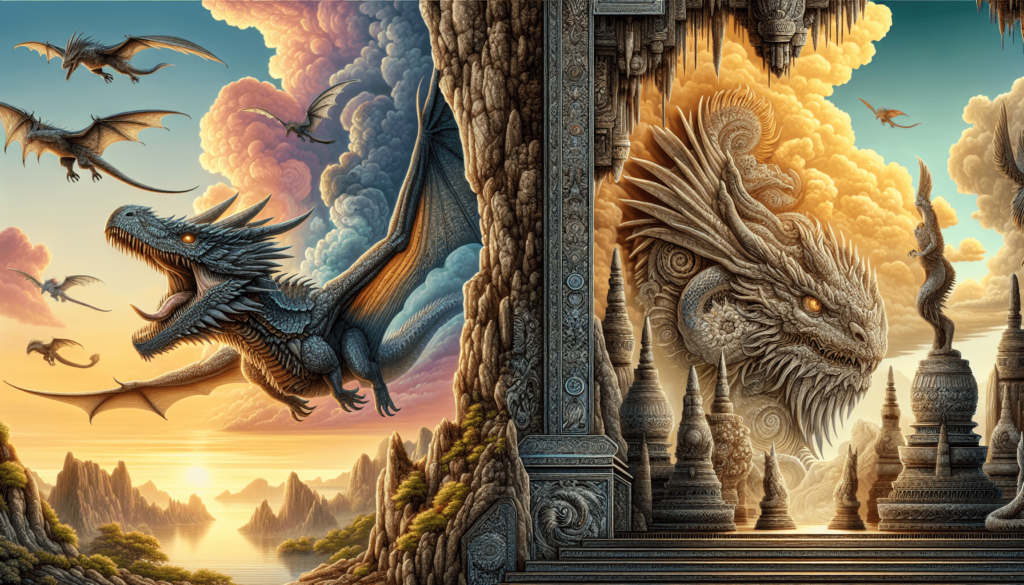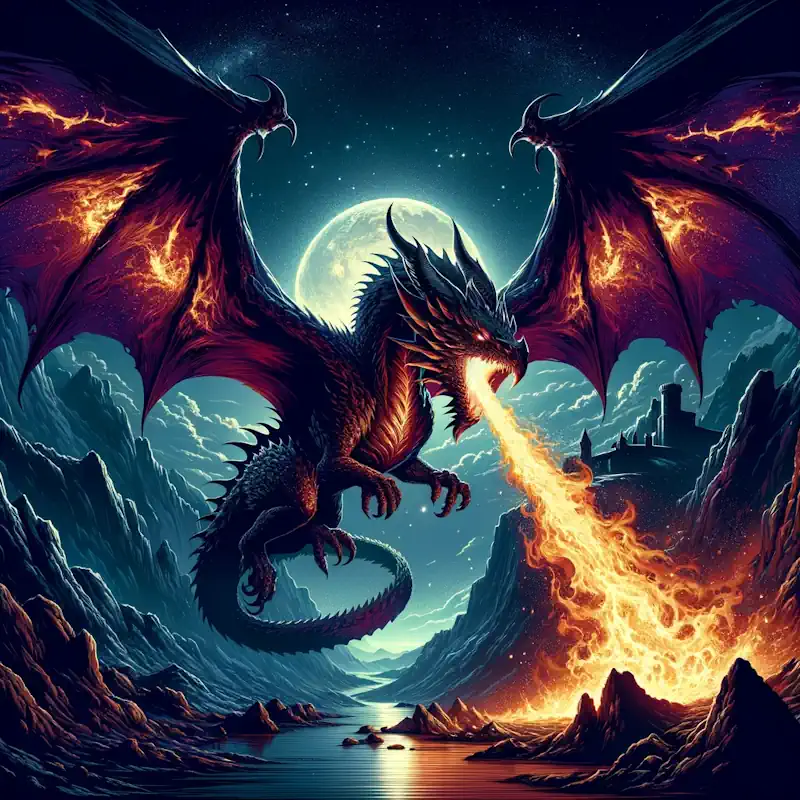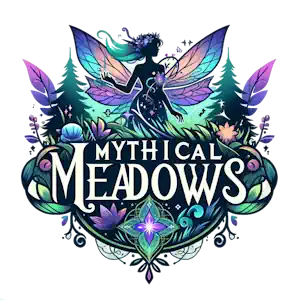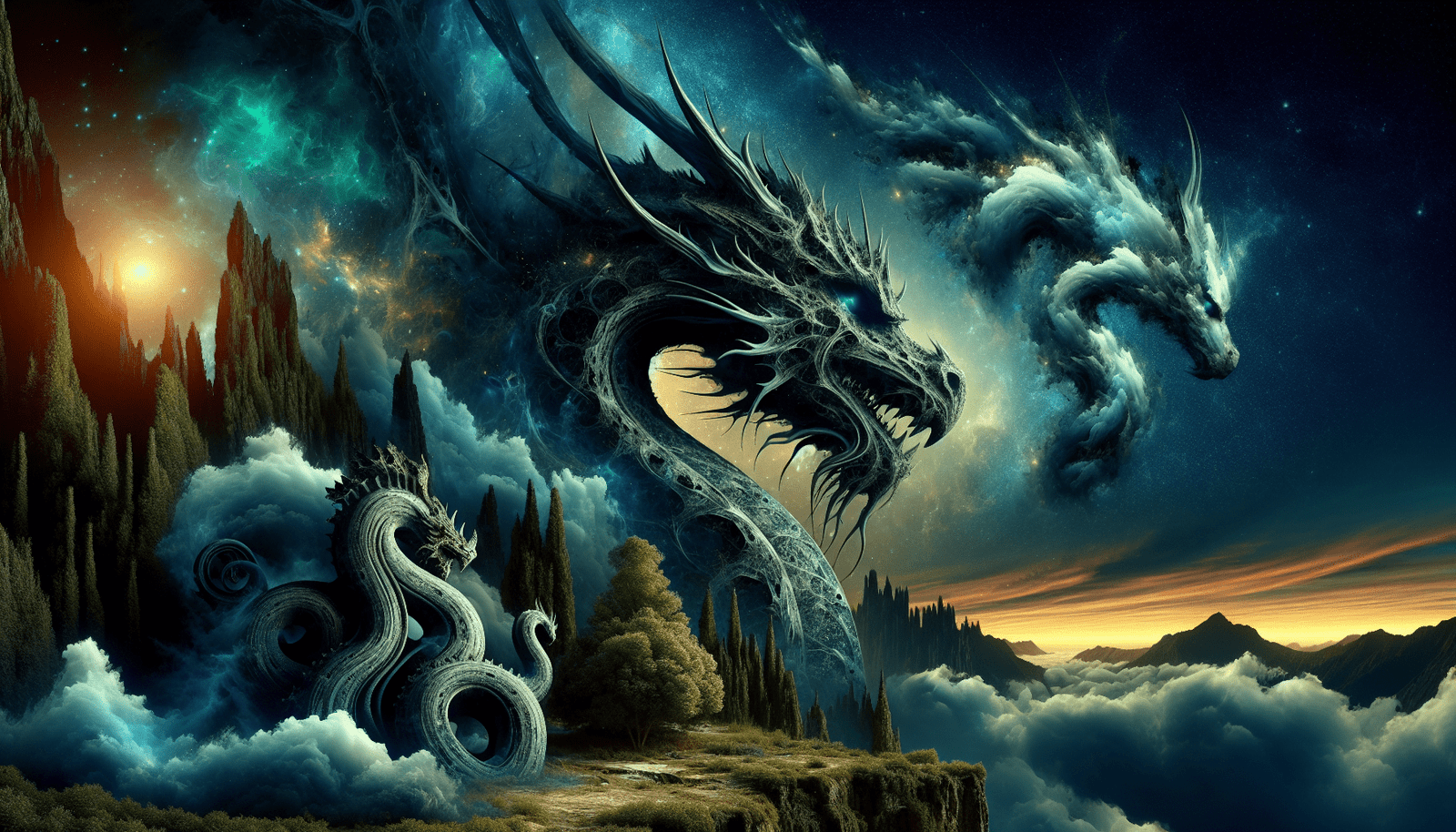In the world of folklore and legends, dragons have long captivated the imaginations of people across cultures and centuries. These majestic creatures, with their fierce appearances and ability to breathe fire, have become iconic symbols in literature and mythology. But amidst the tales and depictions, the burning question lingers: are dragons real? While scientific evidence presents a resounding “no,” the enduring fascination with these mythical creatures continues to ignite curiosity and awe in both children and adults alike.
Origin of Dragon Mythology
Dragons have long captivated the human imagination, with stories and legends about these majestic creatures appearing in various ancient cultures. From the fiery dragons of Western Europe to the serpentine dragons of China, these mythical beings have left an indelible mark on humanity’s collective consciousness. The origins of dragon mythology can be traced back to the earliest civilizations, where the awe-inspiring portrayal of these creatures reflected both fear and reverence.
Dragons in Ancient Cultures
In different cultures across the globe, dragons took on unique forms and symbolisms. One of the oldest depictions of dragons dates back over 6,000 years and was found in Mesopotamia. The ancient Sumerians believed in a dragon named Tiamat, a primordial goddess who personified chaos and the oceans. In Greek mythology, the fearsome dragon Ladon guarded the Golden Apples in the Garden of the Hesperides. Chinese culture revered dragons as symbols of power, wisdom, and good fortune. These diverse representations showcase the widespread fascination with dragons throughout history.
Variations of Dragons in Different Mythologies
Dragons, despite their universal association with awe and wonder, exhibit diverse characteristics in different mythologies. In Western cultures, dragons are often depicted as mighty winged creatures with scales, sharp claws, and fierce jaws. They are known to breathe fire and are considered formidable adversaries. On the other hand, Eastern cultures portray dragons as serpentine beings, often benevolent and wise, ruling over elements such as rain and wind. These variations highlight the rich tapestry of dragon mythology and the cultural nuances that influence their portrayal.
Dragon Characteristics
Dragons are renowned for their distinctive physical appearance, fire-breathing ability, and level of intelligence. These characteristics contribute to their enduring allure and status as legendary creatures.
Physical Appearance
Dragons commonly feature a formidable combination of features. Their bodies are adorned with scales, ranging in color from vibrant hues to earthy tones. The size of dragons varies across cultures, with Western dragons often depicted as massive, towering beasts, while their Eastern counterparts tend to be more serpentine and agile. Some dragons possess multiple heads or horns, emphasizing their majestic and mythical nature.
Fire-breathing Ability
A defining trait of dragons is their extraordinary ability to breathe fire. This seemingly magical combustion has captured the imagination of countless storytellers and artists throughout history. Whether spewing roaring flames or emitting scorching bursts, the fire-breathing attribute intensifies the awe-inspiring power associated with these mythical creatures. In folklore, dragons’ fiery breath is often used as a weapon, capable of reducing entire villages to ashes.
Winged or Wingless
The presence or absence of wings is another distinguishing characteristic among dragons. While winged dragons dominate Western mythologies, enabling them to soar across the skies, other cultures envision dragons without wings, relying on their serpentine bodies to move swiftly on land or in water. The choice to depict dragons with or without wings adds to the diversity and mystique surrounding these enchanting beasts.

Intelligence and Wisdom
Dragons are often regarded as highly intelligent creatures, possessing both wisdom and cunning. Legend has it that they guard vast treasures, ancient knowledge, or even the gateway to hidden realms. Their formidable intellect is sometimes portrayed through riddles or tests, challenging those who seek their counsel or encounter them in mythical quests. This portrayal of dragons as wise beings imparts a sense of respect and reverence for their immense wisdom.
Historical Encounters and Sightings
Throughout history, there have been numerous accounts of dragon encounters and sightings, fueling the belief in their existence beyond mere tales and legends. These encounters span various mediums, including folklore, textual references, and even ancient artifacts.
Legends and Folklore
Countless legends and folklore persist across cultures, recounting firsthand encounters with dragons. Tales of knights battling fearsome dragons to save damsels in distress have been passed down from generation to generation. These stories often intertwine with cultural values and mythical quests, solidifying the belief that dragons were more than just figments of imagination.
Textual References
Historical texts from diverse civilizations contain intriguing references to dragons. In ancient Mesopotamian poetry, the Epic of Gilgamesh makes mention of a dragon guarding the “herb of immortality.” Similarly, ancient Greek texts, such as the works of Homer and Hesiod, reference dragons in their mythological narratives. These textual references provide valuable insights into the prevalence of dragon mythology and the role they played in the collective consciousness of societies.
Artifacts and Cave Drawings
Physical evidence, such as artifacts and cave drawings, further highlights the existence of dragons in ancient cultures. Intricate carvings and paintings found in cave systems depict scenes of humans interacting with dragons, showcasing the significance of these creatures in the lives of our ancestors. Additionally, dragon motifs can be spotted on ancient pottery, jewelry, and tapestries, underscoring their pervasive presence in historical societies.
Scientific Explanations
While tales of dragons continue to captivate the imagination, scientists have explored alternative explanations for the origins of dragon mythology.
Fossils and Paleontological Evidence
One scientific theory suggests that ancient discoveries of fossils may have influenced the creation of dragon mythology. Fossilized remains of large prehistoric creatures, such as dinosaurs or extinct reptiles, could have sparked the imagination of early humans, leading to the creation of dragon-like creatures in their myths and legends. The representation of bones and scales in dragon imagery aligns with the fossil record, supporting the notion that these ancient encounters inspired the fantastical portrayal of dragons.
Misidentification Theory
Another scientific explanation for dragon mythology revolves around the possibility of misidentifications. It is postulated that early humans may have encountered exotic animals or natural phenomena that were misunderstood or exaggerated in their descriptions. For example, sightings of large predatory reptiles, such as crocodiles or monitor lizards, could have been interpreted as encounters with dragons. This theory suggests that the distortion of real-world observations over time led to the creation of mythical dragon creatures.

Existence beyond Mythology
While the existence of dragons as mythical beings is widely accepted, some advocate for the possibility that dragons exist beyond the realms of folklore and imagination. These perspectives draw on cryptozoology and eyewitness accounts to argue for the existence of these creatures.
Cryptozoological Perspectives
Cryptozoology, the study of hidden or undiscovered animals, offers a platform for the exploration of dragon-like creatures. Some cryptozoologists argue that there may be undiscovered species of large reptiles that possess dragon-like characteristics residing in remote and unexplored parts of the world. Though speculative, these perspectives fuel the imagination and keep the possibility of dragons alive in the modern era.
Eyewitness Accounts
Eyewitness accounts of dragon sightings persist even in contemporary times, sparking both intrigue and skepticism. From remote regions to bustling cities, individuals claim to have witnessed encounters with dragons, describing their physical appearance and behaviors. While these accounts cannot be definitively proven, they contribute to the ongoing fascination and debate surrounding the existence of these mythical creatures.
Search for Evidence
With the advent of modern technology and increased scientific exploration, dedicated individuals and research groups continue to actively search for evidence of dragons. Expeditions to unexplored regions, such as deep forests or uncharted territories, aim to uncover tangible proof of these legendary beings. The quest for evidence is driven by a deep-rooted curiosity and the desire to shed light on the mysteries that surround dragon mythology.
Symbolism and Cultural Significance
Dragons are not only fantastical creatures; they hold significant symbolism and play crucial roles in religion, spirituality, literature, and popular culture.
Dragons in Religion and Spirituality
Dragons have a prominent presence in various religious and spiritual traditions. In Chinese culture, dragons are revered as symbols of power, strength, and good fortune, often associated with emperors and divine energy. They are believed to bring blessings and protection. In contrast, certain Western religions associate dragons with primal evil, depicting them as adversaries to be vanquished. The diverse interpretations of dragons within religious and spiritual contexts reflect their significance in shaping cultural beliefs.
Dragons in Literature and Pop Culture
Dragon mythology has permeated literature and popular culture, captivating readers and viewers worldwide. From J.R.R. Tolkien’s Smaug in “The Hobbit” to the beloved dragons in the “Harry Potter” series, these mythical creatures continue to enthrall audiences with their mystique and power. Dragons are frequently portrayed as either fearsome adversaries or noble allies, contributing to the development of complex narratives and captivating storytelling.

Final Thoughts
Dragons are mythical creatures whose origins can be traced back to ancient cultures. Their diverse portrayals across mythologies, physical characteristics, and placement within historical records serve as a testament to the enduring fascination with these majestic creatures.
While scientific explanations offer alternative theories, the belief in dragons goes beyond mere myth and fiction, with cryptozoological perspectives and eyewitness accounts keeping the possibility of their existence alive. Dragons hold vast symbolic and cultural significance, permeating religion, spirituality, literature, and popular culture.
Whether they exist in reality or only in our imaginations, dragons continue to captivate and inspire countless generations, leaving an indelible mark on human history.

